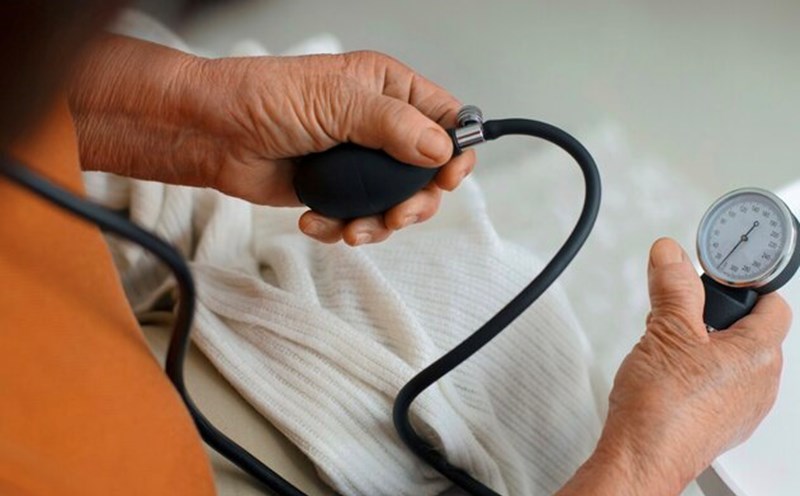According to Dr. Abizer Manked, consultant physician at Saifee Hospital (Mumbai, India), more and more women in their 30s and 40s are coming for examination for high blood pressure, especially those living in heavily polluted areas in urban areas.
Women may have a more obvious cardiovascular reaction to pollutants such as fine dust (PM2.5) and nitrates (NO2) than men. The cause lies in two main factors: smaller airway structure, susceptible to physiological effects from pollutants and the influence of hormonal cycles, especially when entering the premenopausal stage.
The period of 30 - 40 years old is often the time when women start to experience fluctuations and gradually decrease the hormone estrogen, an important factor in helping to protect the cardiovascular system. Estrogen helps maintain vascular elasticity and fight inflammation. When estrogen levels decrease, pollutants such as PM2.5 can damage blood vessel walls, causing chronic inflammation, which is one of the leading causes of high blood pressure.
Worrying pollutants
Among the pollutants, PM2.5 is the most dangerous because of its micro size that allows them to penetrate deep into the lungs and blood. NO2 is mainly caused by vehicle emissions, causing arteriosclerosis, while carbon monoxide (CO) reduces the ability to transport oxygen, forcing the heart to work harder. Ozone (O3) has also been found to aggravate cardiovascular and respiratory diseases.
Not only outdoor pollution, indoor air, especially in areas with poor ventilation, also contains many harmful factors. In addition to a modern lifestyle of lack of exercise, stress at work, prolonged exposure to screens and lack of natural light, urban women fall into a spiral at high risk of blood pressure.
Solutions to control and prevent high blood pressure
Women, especially those aged 30 and over, need to proactively take the following preventive measures:
Regular check-ups: Monitor your blood pressure, cholesterol, and blood lipids.
Protect the living environment: Use an air purifier, wear an N95 mask when going out during high pollution.
Healthy diet: Increase foods rich in antioxidants, fiber, Omega-3, limit processed foods.
Reasonable exercise: Exercise gently every day, prioritize exercising in a clean place or indoors.
Reduce stress: Practice meditation, yoga, or regular breathing exercises.
Follow AQI: Avoid outdoor activities when air quality is low.











